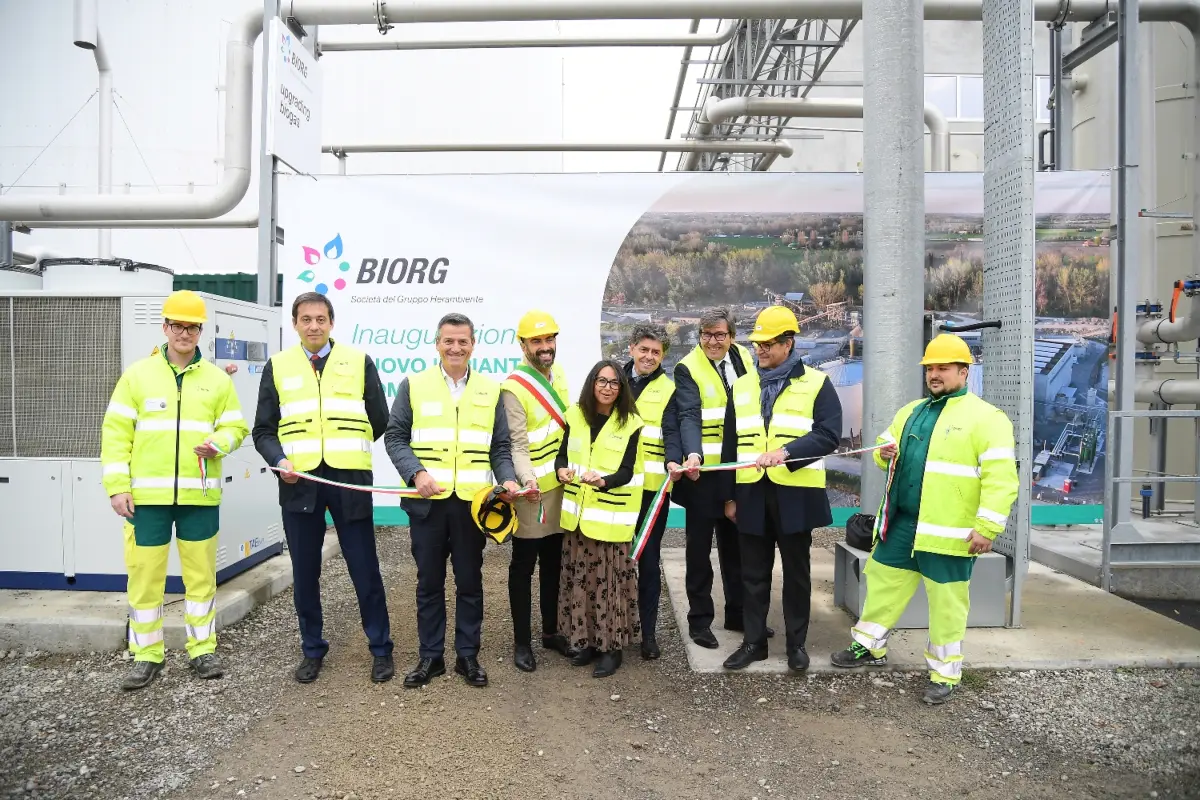
Do you want to access to this and other private contents?
Log in if you are a subscriber or click here to request service
Biomethane: Hera Group and Inalca inaugurate plant
By investing 28 million euros, NewCo Biorg is setting up a cutting-edge structure in the circular economy

The inauguration of the innovative biomethane production plant built by NewCo Biorg took place today in Spilamberto, in the province of Modena. This company is the result of a partnership between Herambiente (Hera Group), one of Italy’s largest multi-utilities and the foremost operator nationwide in the waste management sector, and the company Inalca (Cremonini Group), an Italian leader in meat production a...
lml - 35271
EFA News - European Food Agency
EFA News - European Food Agency